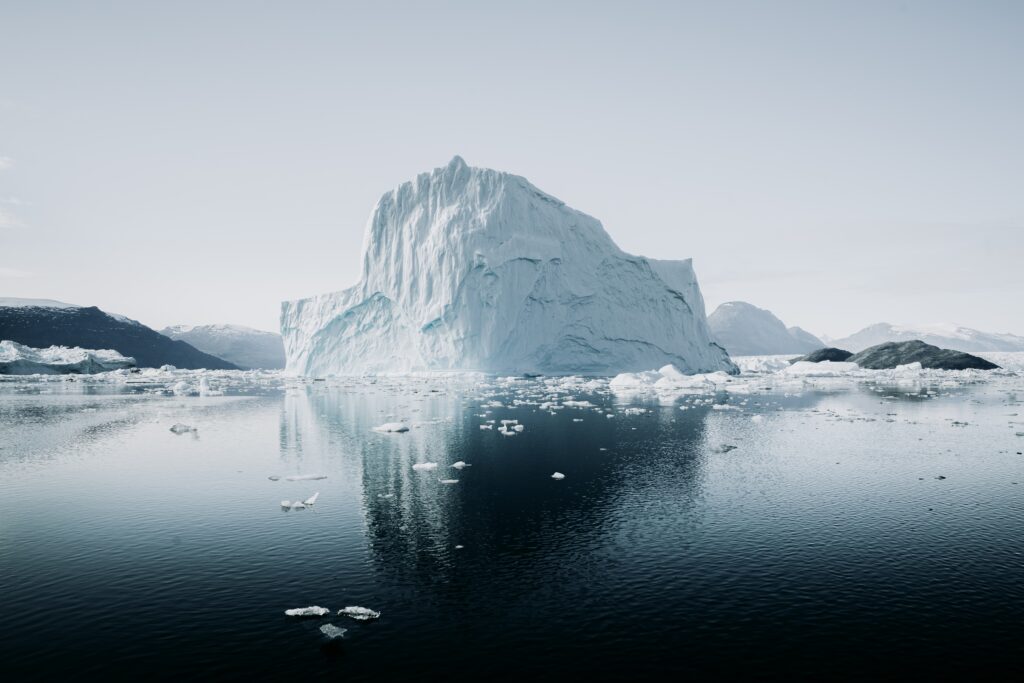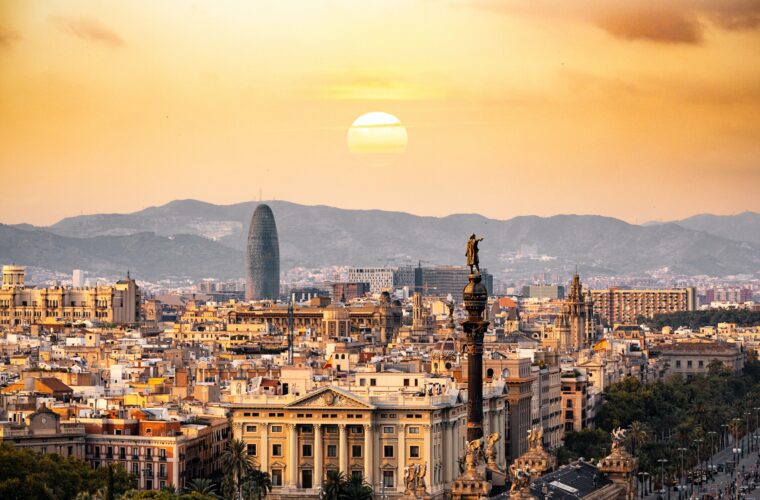In the not-so-distant past, a vast portion of Greenland, now covered by a two-mile-thick ice sheet, was a lush and ice-free tundra landscape, possibly adorned with trees and roaming woolly mammoths.
A study published in Science has shed light on this fascinating discovery, overturning the long-held belief that much of Greenland’s ice sheet remained intact for the past two and a half million years. Instead, the research reveals that moderate warming approximately 416,000 years ago led to extensive melting, causing at least five feet of sea level rise worldwide, despite atmospheric carbon dioxide levels being significantly lower than today’s.
What the findings might indicate
This revelation has profound implications for our understanding of Greenland’s sensitivity to human-caused climate change and its potential vulnerability to irreversible and rapid melting in the coming centuries. The study’s findings indicate that Greenland’s ice sheet is far more susceptible to climate change than previously thought, underscoring the urgent need for aggressive global climate action.
The study was a collaborative effort involving scientists from the University of Vermont (UVM), Utah State University, and fourteen other institutions. Their discovery was made possible by analyzing sediment from an ice core collected secretly by a U.S. Army mission at Camp Century in northwestern Greenland during the Cold War. This invaluable sediment, preserved for decades in a freezer, was accidentally rediscovered in 2017 and has since offered invaluable information about Greenland’s climatic history.
Suspected melting events
Previous research had hinted at past melting events in Greenland, but the precise timing and extent of the ice-free period remained a mystery until now. By utilizing advanced luminescence and isotope techniques, the team pinpointed the ice-free landscape’s exact time and duration. The period of interest, known as Marine Isotope Stage 11, occurred from 424,000 to 374,000 years ago.
The evidence provides an unambiguous confirmation that significant portions of Greenland’s ice sheet melted during this period of moderate warming. Understanding this history is crucial for predicting how the massive ice sheet will respond to present-day climate warming and its potential impact on global sea levels. Given that Greenland’s ice contains approximately twenty-three feet of potential sea-level rise, every coastal region on Earth faces a severe risk.

Serious risks
Greenland’s past as a green land highlights the possibility of a warm, wet, and largely ice-free future for our planet unless we take aggressive measures to reduce atmospheric carbon dioxide levels.
With sea levels poised to rise dramatically due to the potential melting of Greenland’s ice sheet, major global population centres near coastlines are at significant risk. The urgency of addressing climate change has never been more apparent, and nations must work collectively to reduce carbon dioxide emissions and protect our planet’s future. The ancient green land of Greenland holds vital lessons for today’s decision-makers.



